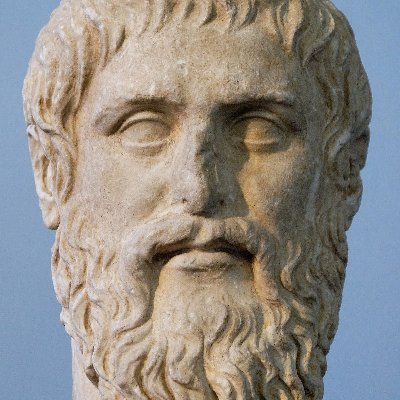This is The Last Judgment, painted by Michelangelo nearly 500 years ago.
And it's one of the most controversial (and heavily censored) paintings of all time.
Some say it's a masterpiece, some say it's a mess, and some have even tried to destroy it...




























